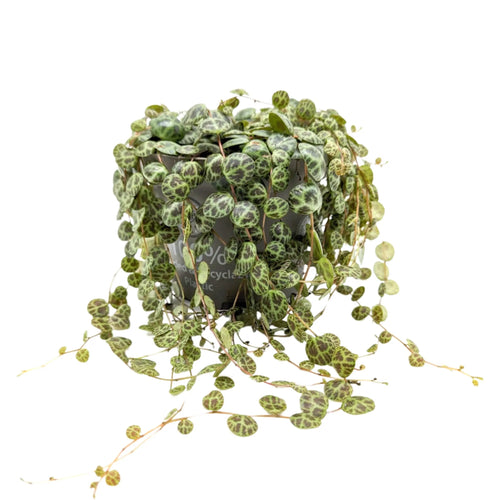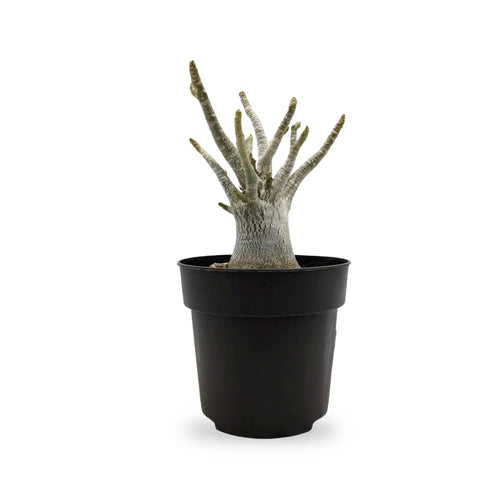In recent years, indoor gardening has transformed from a simple pastime into a cultural movement. While classic favourites like pothos, ferns, and peace lilies continue to grace homes with lush greenery, a growing number of plant lovers are chasing the allure of rare and exotic houseplants. Eye-catching foliage, unusual patterns, and limited availability have fueled what many now call the rare houseplant craze. Social media has only amplified this passion, turning once-hidden treasures into highly sought-after collectibles. Yet, an important question lingers: is the rare houseplant craze truly worth the investment, or is it a fleeting trend?
Everyday Classics Still Adored
Before diving into the rare plant phenomenon, it’s essential to acknowledge the enduring appeal of classic houseplants. These timeless varieties continue to thrive in homes across the world, offering both beauty and benefits without demanding high costs.
Pothos: Known for its heart-shaped leaves and trailing vines, pothos is a low-maintenance favorite. It grows in a variety of light conditions, making it versatile for different rooms. Beyond its charm, it purifies the air and adds natural elegance to shelves and hanging baskets.

Ferns: With their soft, feathery fronds, ferns bring texture and freshness into indoor spaces. They thrive in humid spots such as kitchens and bathrooms and are admired for their air-cleansing properties. Ferns evoke a calming, forest-like atmosphere indoors.

Peace Lilies: Peace lilies stand out with their dark green foliage and graceful white blooms. Adaptable to low light, they’re easy to maintain and symbolically associated with purity and peace. Their ability to filter indoor air makes them both practical and visually appealing.
These familiar plants remind us that indoor greenery doesn’t need to be rare to enrich our lives.

What Makes a Plant Rare?
Rare houseplants are not always difficult to grow but are often hard to find. Their scarcity may result from limited propagation, slow growth rates, or being native to specific regions. Unique foliage—like variegated patterns, dramatic leaf shapes, or unusual colors—often drives their appeal. This exclusivity creates demand that surpasses supply, pushing prices far higher than what many expect to pay for indoor plants.
The Roots of the Craze
Several factors explain why rare plants have become a global fascination:
-
Social Media Influence: Platforms filled with lush plant photography have made rare plants highly visible, treating them like living works of art.
-
Pandemic Lifestyle Shifts: During times of lockdown, many turned to plants for comfort and connection, eventually seeking more unique specimens to expand their collections.
-
Status Symbol: For some, owning rare plants is about exclusivity and prestige. Much like art, these plants become prized possessions and conversation starters.
Why Rare Plants Appeal
Rare houseplants captivate because they feel special. Variegated species, for example, produce leaves with patterns that are never identical, making each plant one-of-a-kind. Collectors enjoy the thrill of nurturing something unique, and these plants can elevate interior spaces with striking individuality. Beyond aesthetics, the satisfaction of caring for rare species adds a deeper emotional bond between owner and plant.
The Price Debate
The cost of rare houseplants remains one of the most debated aspects of the craze. Some varieties sell for hundreds or even thousands, while small cuttings can command surprising sums. Enthusiasts often view this as an investment, hoping to propagate and resell. Skeptics, however, question whether the price is justified when more affordable plants offer equal joy and beauty. Since markets shift quickly, what’s rare and costly today may become affordable tomorrow.
Challenges of Care
Rare plants often come with care requirements beyond the ordinary. Specific humidity, temperature, and light conditions are sometimes necessary to keep them healthy and vibrant. Without this attention, rare plants can struggle or decline, making them less suitable for beginners. Enthusiasts frequently invest in humidifiers, specialized soils, and grow lights to mimic natural habitats, adding both cost and responsibility.
Are They Worth It?
Whether rare houseplants are worth the investment depends largely on perspective:
-
For Collectors: The joy of owning something uncommon makes the cost worthwhile. Rare plants are seen as living treasures and personal achievements.
-
For Casual Enthusiasts: More accessible plants like pothos or peace lilies offer equal satisfaction without high costs or stress.
-
For Investors: Some treat rare plants as financial opportunities, reselling cuttings for profit. However, this carries risk since demand can change quickly.
Ethical and Environmental Considerations
As demand for rare plants increases, ethical sourcing has become crucial. Over-harvesting threatens wild populations, making sustainability a key concern. Many responsible growers focus on propagation rather than wild collection, ensuring biodiversity is preserved. Supporting such practices allows plant lovers to enjoy rare species responsibly.
Alternatives to Rare Collecting
Not everyone needs to chase high-priced plants to achieve stunning results. Alternatives include:
-
Hybrid Varieties: Many hybrids mimic the look of rare plants but are more affordable and hardy.
-
Creative Styling: Arranging common plants in innovative ways, such as shelf displays or terrariums, can create eye-catching décor.
-
Community Sharing: Local plant swaps and gardening groups often provide opportunities to exchange cuttings, sometimes even of rarer species.
Looking Forward
The rare houseplant craze may stabilize as more growers make these plants accessible. Prices could drop, allowing broader ownership. Regardless, the enthusiasm for indoor gardening continues to thrive. Plants remain a source of joy, relaxation, and beauty, whether they’re rare collectibles or familiar favorites.
Final Thoughts
The rise of the rare houseplant craze reflects a deeper appreciation for nature, individuality, and personal connection. Rare plants may not be practical for everyone, but their unique qualities captivate collectors and casual plant lovers alike. While some see them as worthy investments, others find happiness in simpler, more affordable varieties. Ultimately, the true value of any plant lies in the joy it brings to its caretaker. Whether rare or common, houseplants enrich our homes and our lives with their quiet, living presence.










